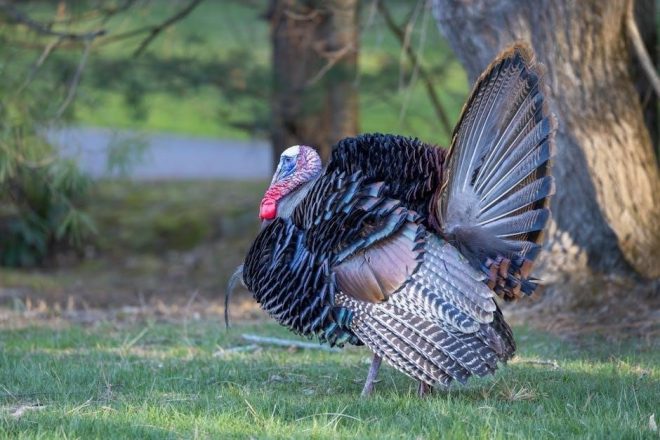Embark on a journey to discover the diverse avian inhabitants of New York with this comprehensive field guide․ From common backyard birds to rare migratory species, explore the beauty and wonder of New York’s birdlife․
New York State, boasting nearly 500 bird species, offers a rich tapestry for birding enthusiasts․ Situated along the Atlantic Flyway, it experiences impressive migrations․ From the bustling urban environments to serene forests, diverse habitats attract a wide array of avian life․ This introduction provides essential tips for beginner birders in New York, including guidance on identification using resources like field guides and online tools․
Learn to distinguish common species, understand habitat preferences, and contribute to conservation efforts․ Discover the joy of observing birds in various settings, such as parks, backyard feeders, and natural reserves․ Understanding the importance of habitat restoration and conservation projects is key․ With a pair of binoculars and this guide, unlock the wonders of birdwatching in New York․
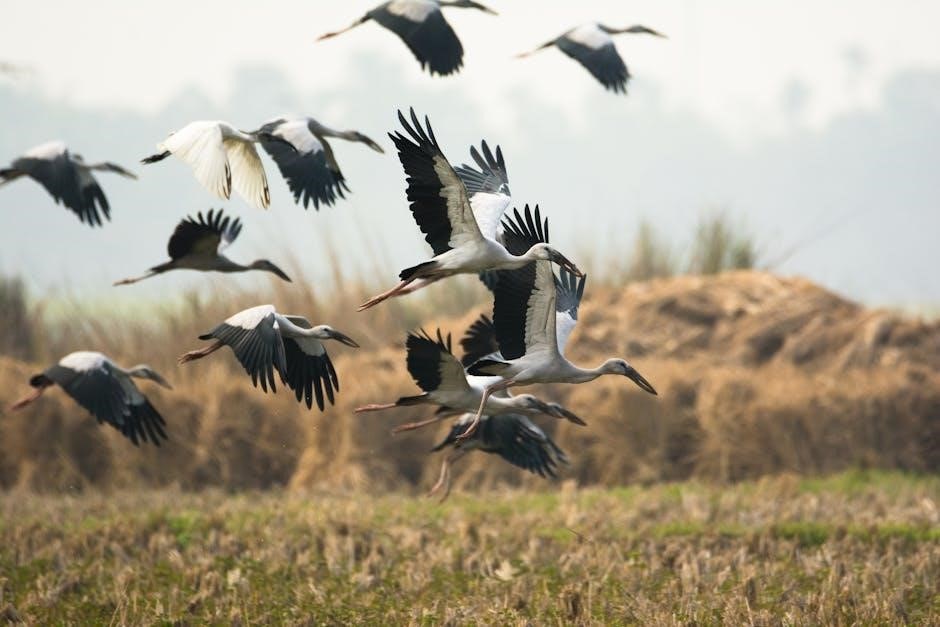
Common Birds of New York
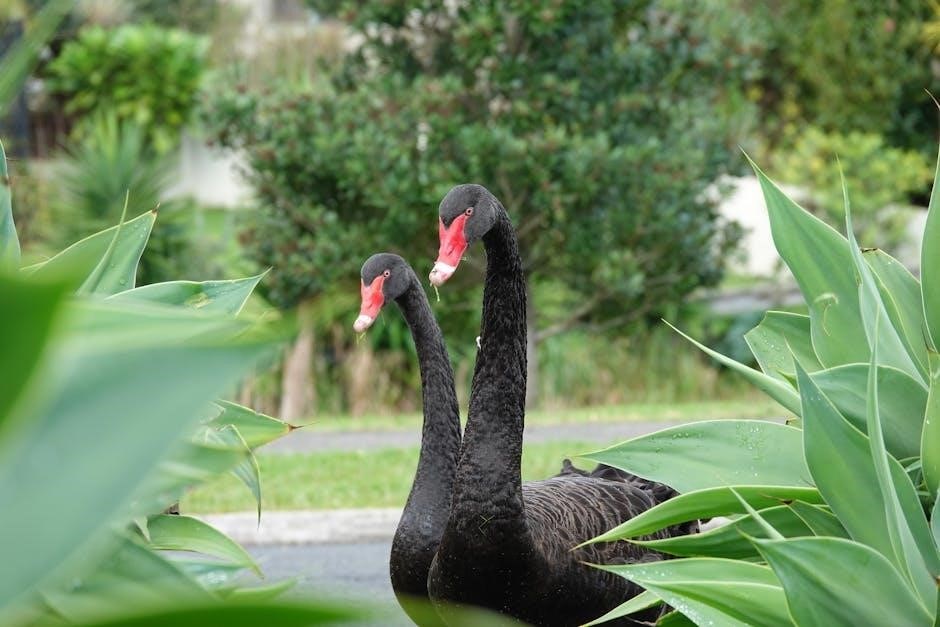
Discover some of the most frequently observed birds in New York, from the state bird, the Eastern Bluebird, to familiar faces like the Northern Cardinal and American Robin, all year long․
Eastern Bluebird: New York’s State Bird
The Eastern Bluebird, Sialia sialis, holds the esteemed position as New York’s official state bird, symbolizing the state’s commitment to natural heritage․ These birds faced significant population declines in the Northeast, primarily due to habitat loss, highlighting the importance of conservation efforts․
Fortunately, dedicated habitat restoration projects have facilitated their return, demonstrating the positive impact of focused conservation initiatives․ In New York, conservation efforts concentrate on providing the specific habitats these birds require, reversing their population decline․ This species serves as a key indicator, guiding conservation work and highlighting the effectiveness of habitat restoration․ The Eastern Bluebird’s resilience stands as a symbol of successful conservation․
Northern Cardinal: Identification and Characteristics
The Northern Cardinal, Cardinalis cardinalis, is a readily identifiable and common backyard bird throughout North America, including New York․ Males boast vibrant red plumage and a distinctive black mask, making them easily recognizable․ Females exhibit a more subdued palette, displaying paler brown feathers with subtle reddish tinges․
Both sexes share a characteristic pointy crest, adding to their unique appearance․ These birds typically measure between 8․3 to 9․1 inches in length, weigh around 1․5 to 1․7 ounces, and possess a wingspan ranging from 9․8 to 12․2 inches․ The Northern Cardinal’s striking colors and distinctive features make it a favorite among bird enthusiasts and a welcome sight in New York’s landscapes․
American Robin: A Familiar Sight
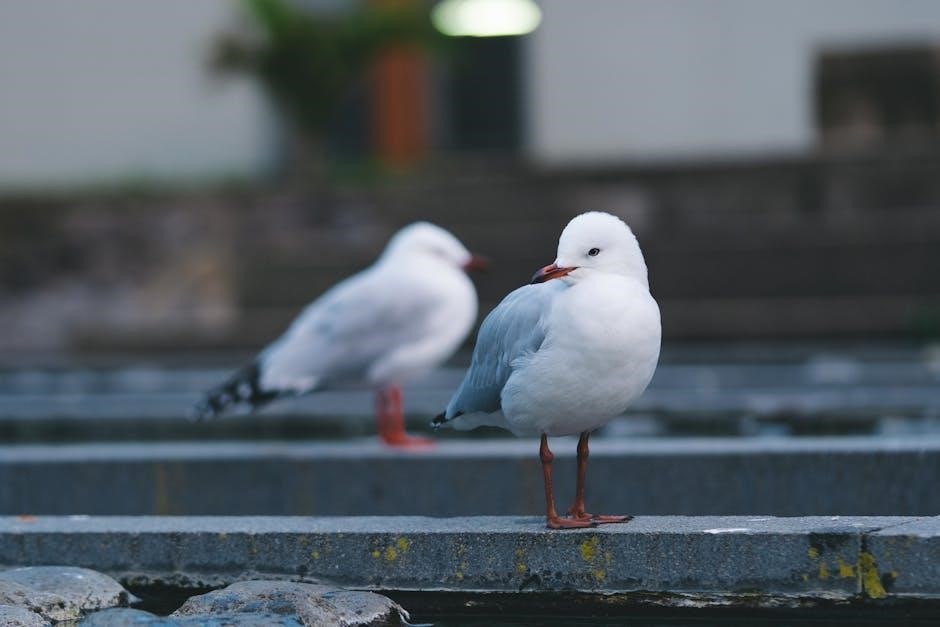
The American Robin, Turdus migratorius, is a ubiquitous and easily recognizable bird in New York, often seen hopping across lawns in search of earthworms․ Its reddish-orange breast and dark gray back are key identifying features, making it a familiar sight to many․
Robins are medium-sized birds with a round body and a relatively long tail․ They are known for their cheerful song, which can be heard throughout the day, especially during the breeding season․ American Robins are adaptable birds and can be found in a variety of habitats, including parks, gardens, and woodlands․ Their prevalence and distinctive appearance make them a beloved symbol of springtime in New York․
Blue Jay: Abundance and Identification
The Blue Jay (Cyanocitta cristata) is a common and conspicuous bird found throughout New York State․ Its vibrant blue, black, and white plumage makes it easily identifiable․ Blue Jays are known for their intelligence, adaptability, and sometimes raucous behavior․ They are abundant in various habitats, including forests, parks, and suburban areas․
Identifying features include a prominent crest, a black necklace, and barred blue wings and tail․ Blue Jays are also skilled mimics, capable of imitating the calls of other birds, including hawks․ While they have a reputation for being noisy, they also play a vital role in seed dispersal, contributing to forest regeneration in New York․
Dark-Eyed Junco: Identifying Features
The Dark-Eyed Junco (Junco hyemalis) is a common sight in New York, particularly during the winter months․ These small, ground-feeding birds are easily identified by their distinctive slate-gray upperparts and white underparts, though variations exist across different subspecies․ Their pinkish bill and white outer tail feathers are also key identifying features․
Juncos are often found in flocks, foraging for seeds on the ground or at bird feeders․ They prefer woodland edges, parks, and gardens․ In New York, the “slate-colored” subspecies is most prevalent․ Listen for their trilling song during the breeding season․ Their adaptability allows them to thrive in diverse environments across the state․
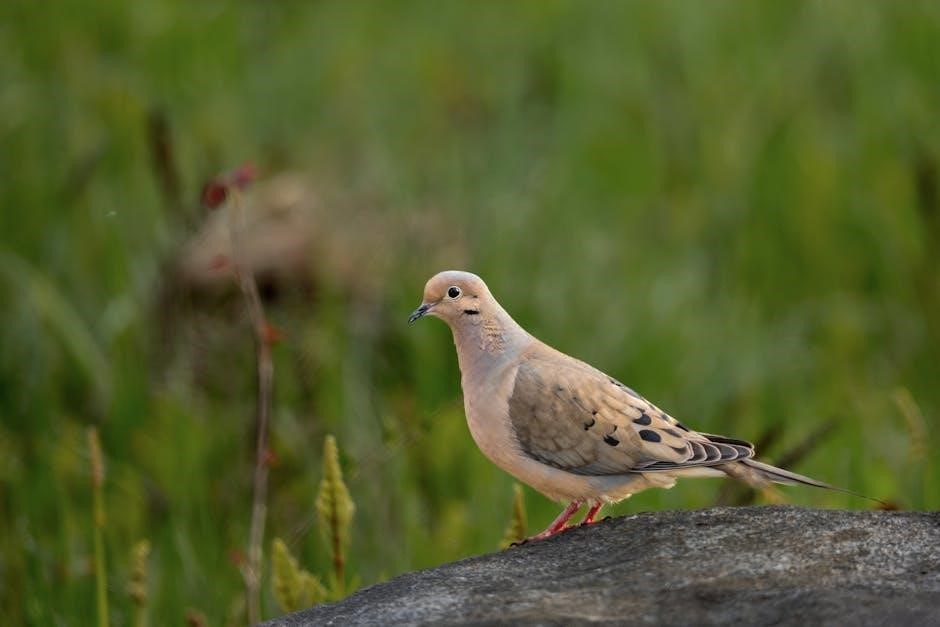
Bird Habitats and Conservation in New York
Explore the critical habitats that support New York’s bird populations and the essential conservation efforts in place․ Learn about habitat restoration and priority species protection within the state․
Importance of Habitat Restoration
Habitat restoration is paramount for the survival of many bird species in New York․ The drastic decline of certain bird populations, such as the Eastern Bluebird, is often attributed to the loss of quality habitat․ When appropriate habitats are restored, bird populations can recover and thrive․ Restoration projects in New York focus on providing the specific resources birds need, aiming to reverse population declines․ These projects range from marsh conservation to bird-friendly policies․ Protecting and restoring habitats ensures the continued presence of diverse avian species․ By recreating suitable environments, we support thriving ecosystems․ New York’s commitment to habitat restoration demonstrates the direct impact on bird populations․ Restoration efforts are a vital component of bird conservation․
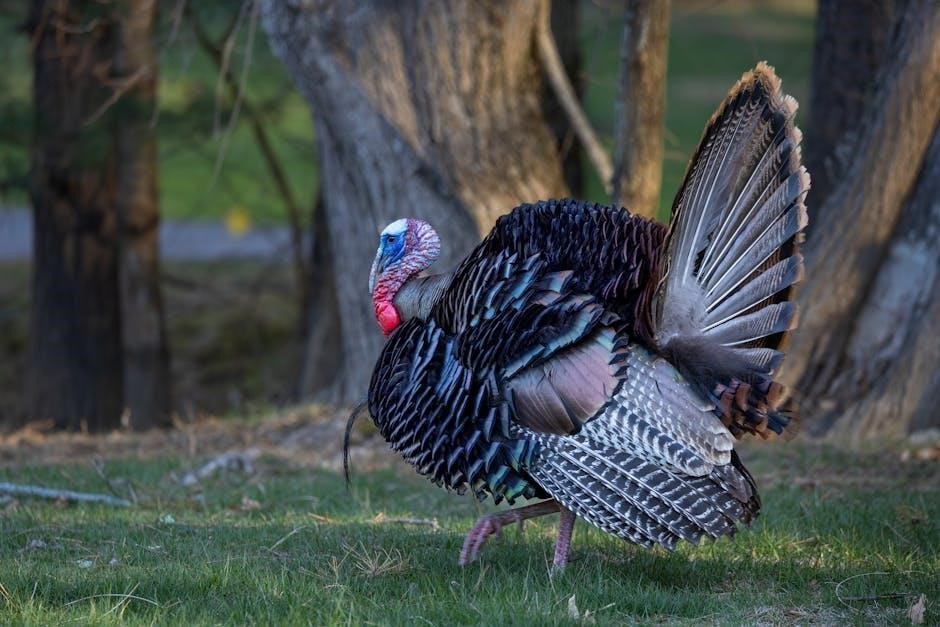
Priority Species and Conservation Efforts
New York State has identified several priority bird species requiring focused conservation efforts․ These species, including the American Oystercatcher, American Woodcock, and Black Skimmer, face various threats to their populations․ Conservation initiatives in New York address these threats through habitat protection, restoration, and management․ Efforts are also underway to mitigate human-induced threats․ Reducing light pollution through “lights-out” policies aims to reduce bird fatalities․ Engaging the next generation of conservation leaders is crucial for long-term success․ By focusing on priority species, New York aims to maintain avian diversity․ Conservation programs involve collaboration between government agencies, organizations, and volunteers․ Through these efforts, New York strives to protect vulnerable bird populations․ Prioritizing species and conservation are essential for birds․
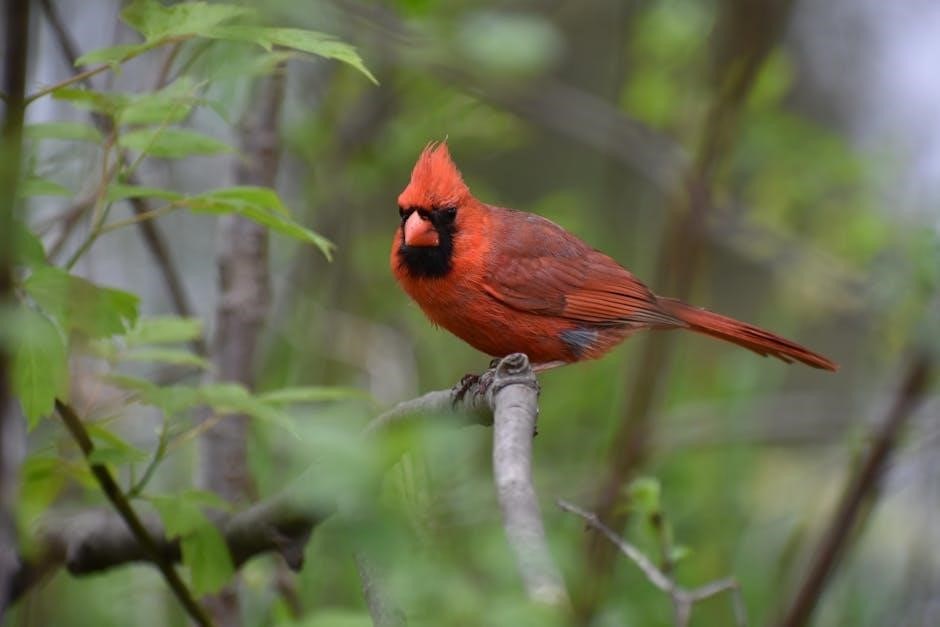
Bird Migration and the Atlantic Flyway
New York City lies within the Atlantic Flyway, a major migratory route for birds traveling between breeding and wintering grounds․ Millions of birds utilize this flyway annually, making New York a crucial stopover point․ During peak spring and fall migration, parks become havens for diverse species․ Birds rely on the Atlantic Flyway to find food, rest, and breed․ Habitat loss and degradation along the flyway pose significant threats to migratory bird populations․ Conservation efforts are essential to protect these vital stopover sites․ New York’s location on the flyway underscores its responsibility in bird conservation․ Understanding migration patterns helps inform conservation strategies․ Observing birds during migration is a great way to appreciate their journeys․ The Atlantic Flyway connects ecosystems and sustains bird populations․ Protecting the flyway is vital for the future of bird life․
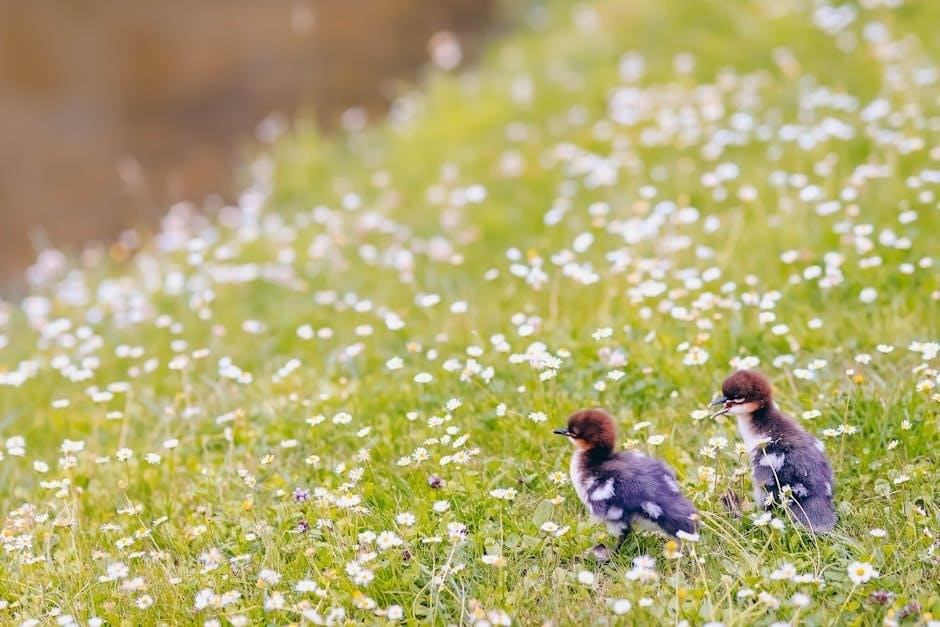
Resources for Bird Identification
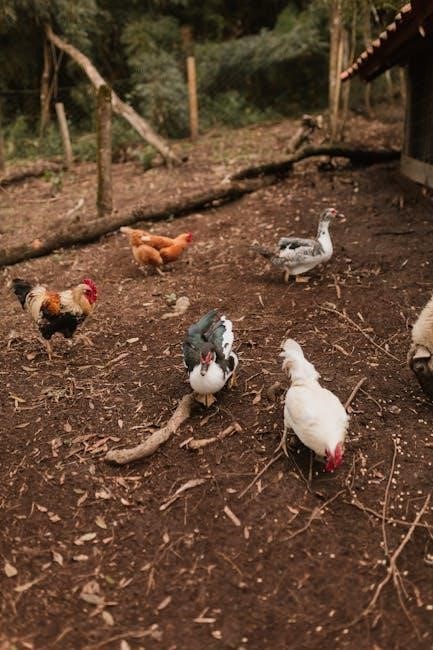
Identify birds easily with field guides and online resources․ Explore helpful websites like Audubon’s online guide for North American species․ Use these tools to enhance your birdwatching experience in New York․
Field Guides and Online Resources
For bird identification in New York, several resources are available to enthusiasts of all skill levels․ Field guides, such as Stan Tekiela’s, offer simple and informative identification methods․ These guides eliminate the need to sift through countless irrelevant photos․ I hope my gallery may help you identify some of the birds you find in the New York region․

Online resources like Audubon’s bird ID guide cover over 800 North American species, providing descriptions, photos, and range maps․ The Merlin Bird ID app is also a popular tool for quick identification․ These resources, in conjunction with print guides, offer comprehensive support for identifying birds in New York․
See the New York Birds page for a list of suggested print guides and ․․․
